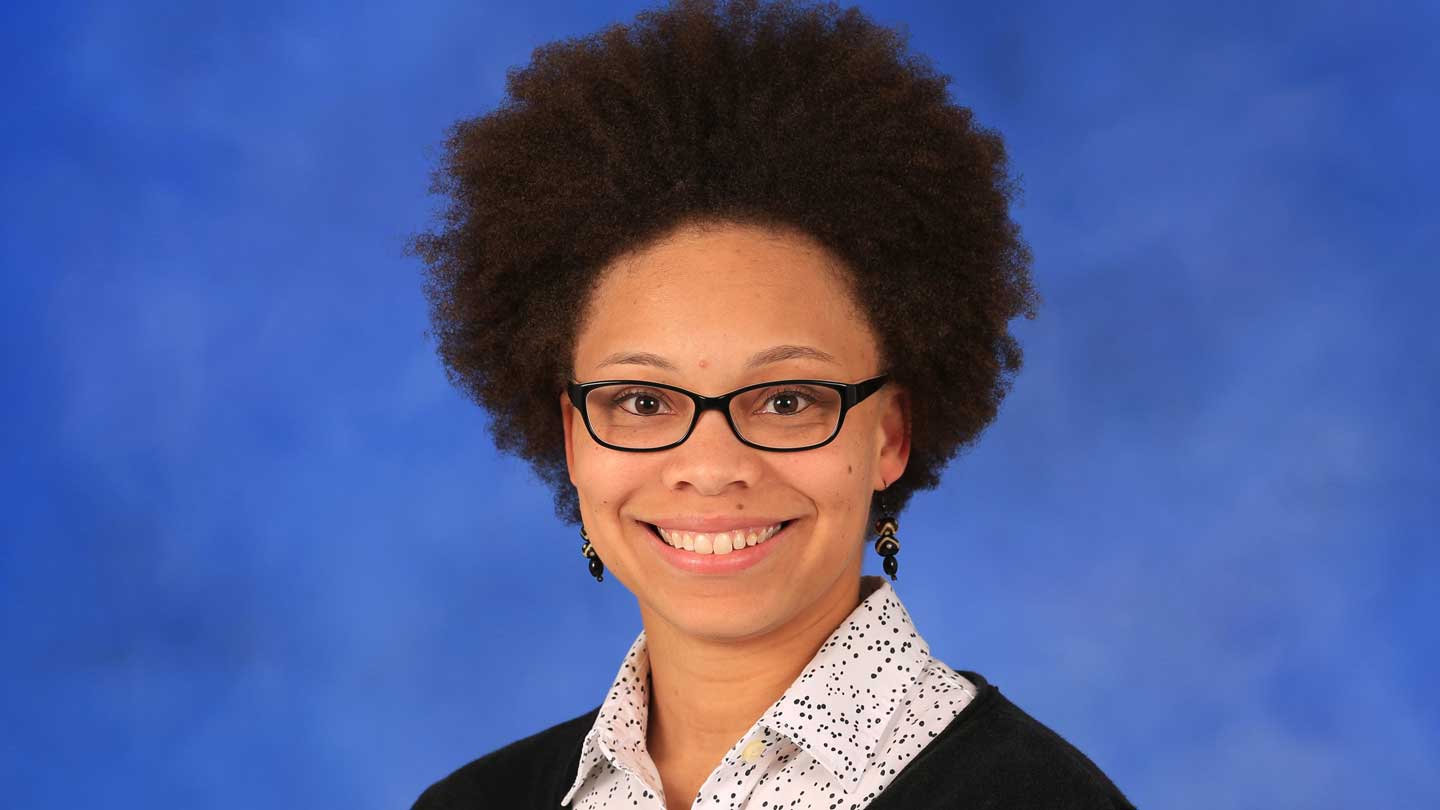Mixed-Race in the US and UK: Comparing the Past, Present, and FuturePosted in Books, Census/Demographics, Gay & Lesbian, Identity Development/Psychology, Media Archive, Monographs, Social Science, United Kingdom, United States on 2019-12-02 01:20Z by Steven |
Mixed-Race in the US and UK: Comparing the Past, Present, and Future
Emerald Publishing Limited
2019-11-23
193 pages
152 x 229mm
Hardback ISBN: 9781787695542
Ebook ISBN: 9781787695559
Jennifer Patrice Sims, Assistant Professor of Sociology
University of Alabama, Huntsville
Chinelo L. Njaka, Independent Social Researcher
Peckham Rights! United Kingdom
Contributing to an emerging literature on mixed-race people in the United States and United Kingdom, this book draws on racial formation theory and the performativity (i.e. “doing”) of race to explore the social construction of mixedness on both sides of the Atlantic Ocean.
In addition to macro- and micro-level theoretical frameworks, the authors use comparative and relational analytical approaches to reveal similarities and differences between the two nations, explaining them in terms of both common historical roots as well as ongoing contemporary interrelationships.
Focusing on the census, racial identity, civil society, and everyday experiences at the intersection of race, gender, class, and sexuality, Mixed-Race in the US and UK: Comparing the Past, Present, and Future offers academics and students an intriguing look into how mixed-race is constructed and experienced within these two nations. A final in-depth discussion on the authors’ research methodologies makes the book a useful resource on the processes, challenges, and benefits of conducting qualitative research in two nations.
Contents
- List of Tables and Figures
- Acknowledgements
- Chapter 1. Introduction: The Past, Present, and Future of Mixed-Race People in the United States and United Kingdom
- Chapter 2. Creating Mixed-Race: The Census in the US and the UK
- Chapter 3. Black, British Asian, Mixed-Race, or Jedi: Mixed-Race Identity in the US and UK
- Chapter 4. Mixed-Race Civil Society: Racial Paradigms and Mixed-Race (Re)production in the US and UK
- Chapter 5. “Sometimes it’s the first thing people ask:” Daily Experiences of Mixedness in the US and UK
- Chapter 6. “Yes, girl, yes. I want to have babies:” Mixed-Race Families Generation after Generation
- Chapter 7. Queering Critical Mixed Race Studies
- Chapter 8. Conclusion: Creating and Comparing a Mixed-Race Future
- Methodological Appendix: Conducting Qualitative Research on Both Sides of the Atlantic
- References
- Index








